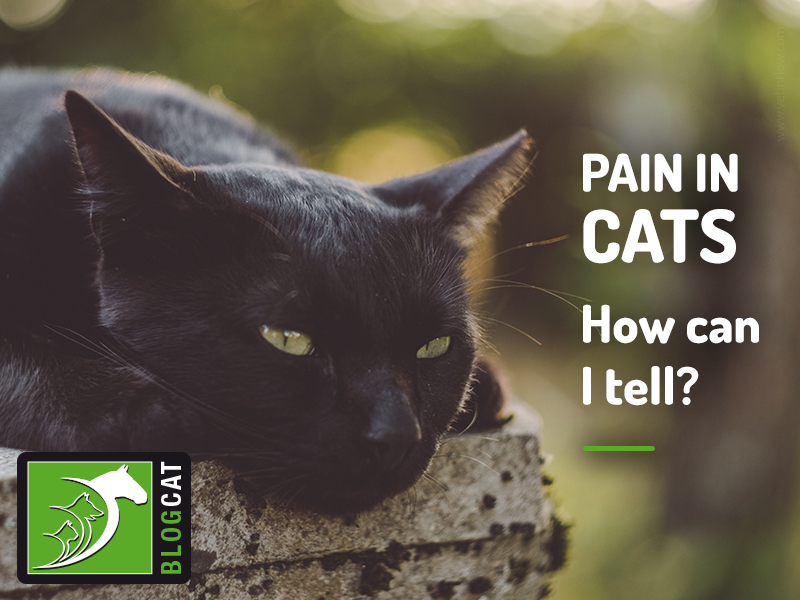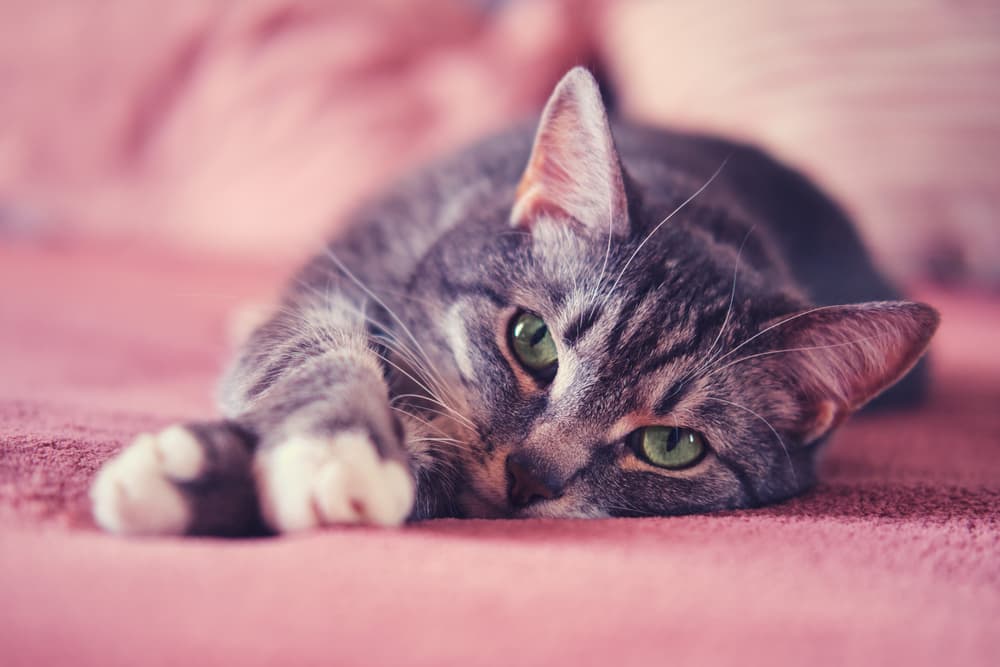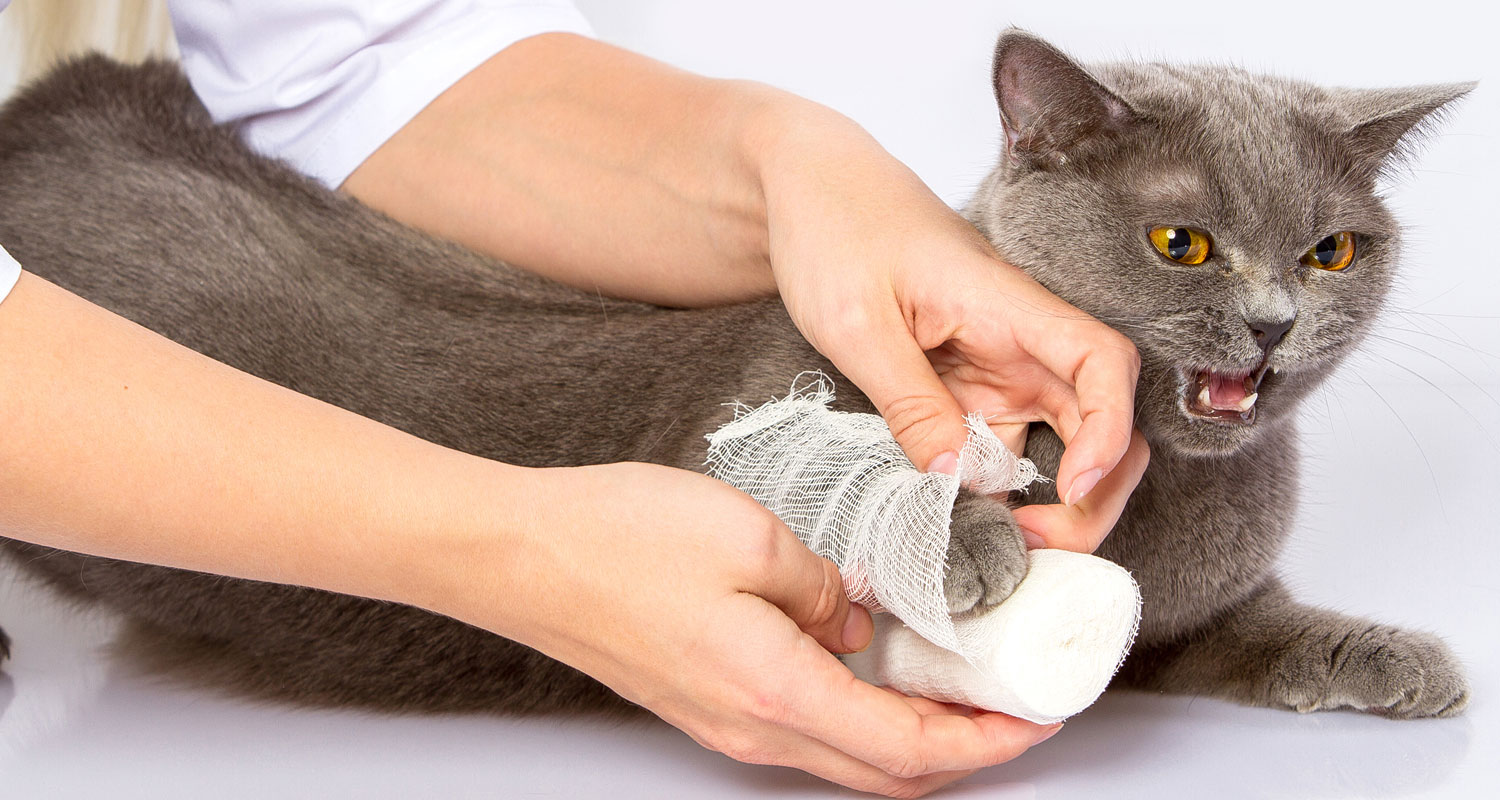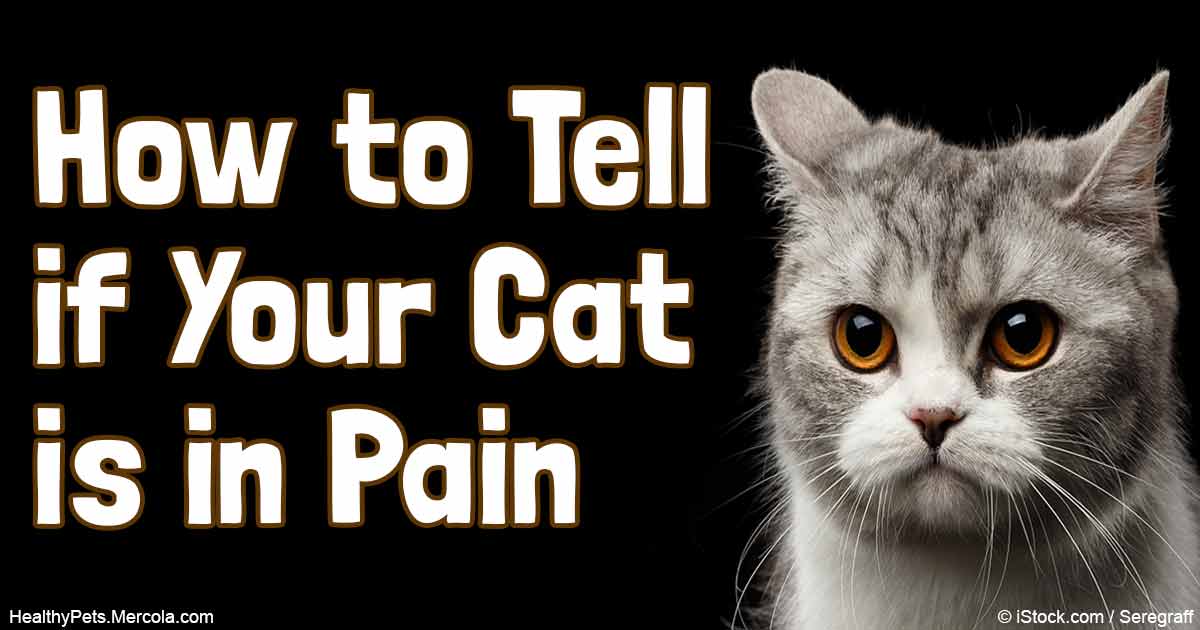Best Of The Best Info About How To Tell If Cat In Pain

Becoming more withdrawn or hiding more than usual.
How to tell if cat in pain. Cat cow (marjaryasana/ bitilasana) this pose helps to relieve tension. Here is a list of the most common signs a cat is in pain. When they do show pain, the symptoms might be subtle.
Pain can be a sign of many underlying illnesses and. Half lord of the fishes (ardha matsyendrasana) 5. Limpingis one of the more obvious signs that a cat is in pain because you can see what body part is causing issues.
If a cat is favoring one. A reliable sign of pain is how they are breathing. Cats might limp to indicate pain in a limb, strain to urinate when there’s trouble with the urinary tract, or stare at the food dish when their mouths hurt.
It might be nothing but it’s better to get it checked and make sure that your cat isn’t in pain. Push your butt back and lower down into the squat, reaching a position where your thighs are. Behavioral changes such as aggression, or changes to routine,.
Signs that your cat is in pain include: Look out, too, for your pet licking,. Lameness, difficulty jumping, or an abnormal gait.
If you think that your cat is in any sort of pain or discomfort, you need to schedule a veterinary appointment as soon as you can to determine the underlying cause. Avoids being petted or handled or. Grooming constantly or not at all.
The 7 signs your cat is in pain. A cat in pain breathes faster. Purring, seeking solitude, lethargy, decreased interaction, limping, dribbling, crying, hunched appearance,.
Unusual body postures and facial expressions, such as large pupils, flattened ears or a hunched back, can also be indicators of pain in cats. A cat in pain may display either gradual or sudden changes in posture, body language and behaviour. Sleeping more than usual, or slowing down.
For example, your dog might pull back their ears or look away when you try to pet a painful area. How to tell if your cat is in pain. If your cat is typically social and.
Cats often hide signs of pain. Signs of pain include any of the following: Keep your gaze straight ahead to keep your neck in a neutral position.


















